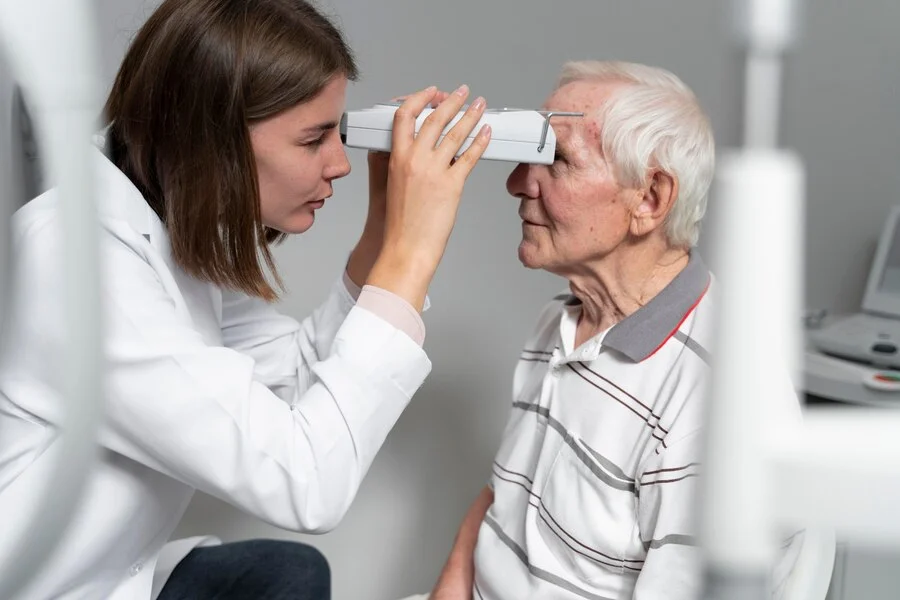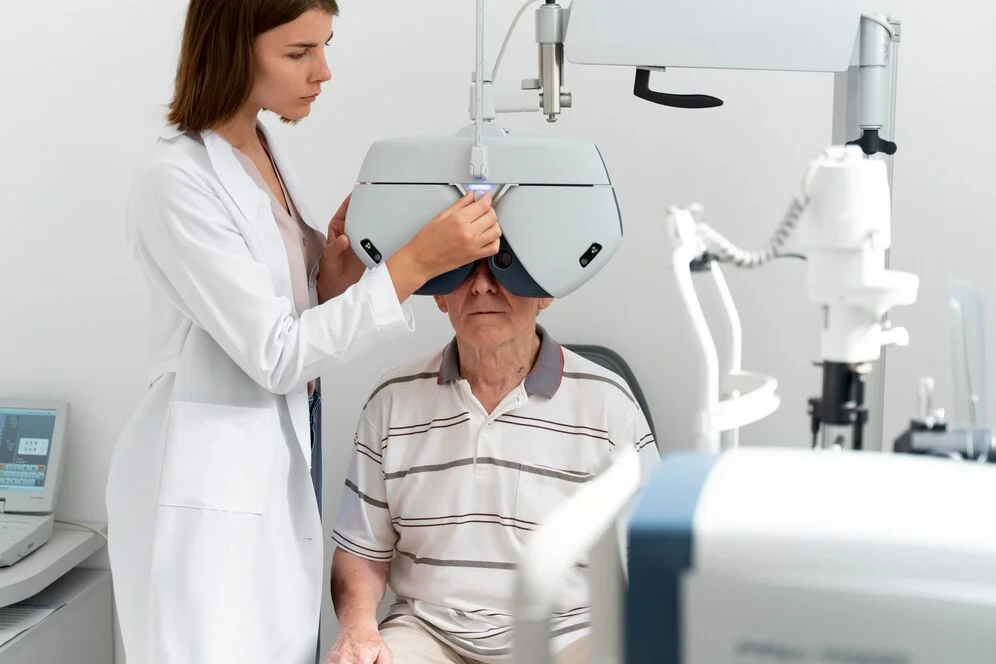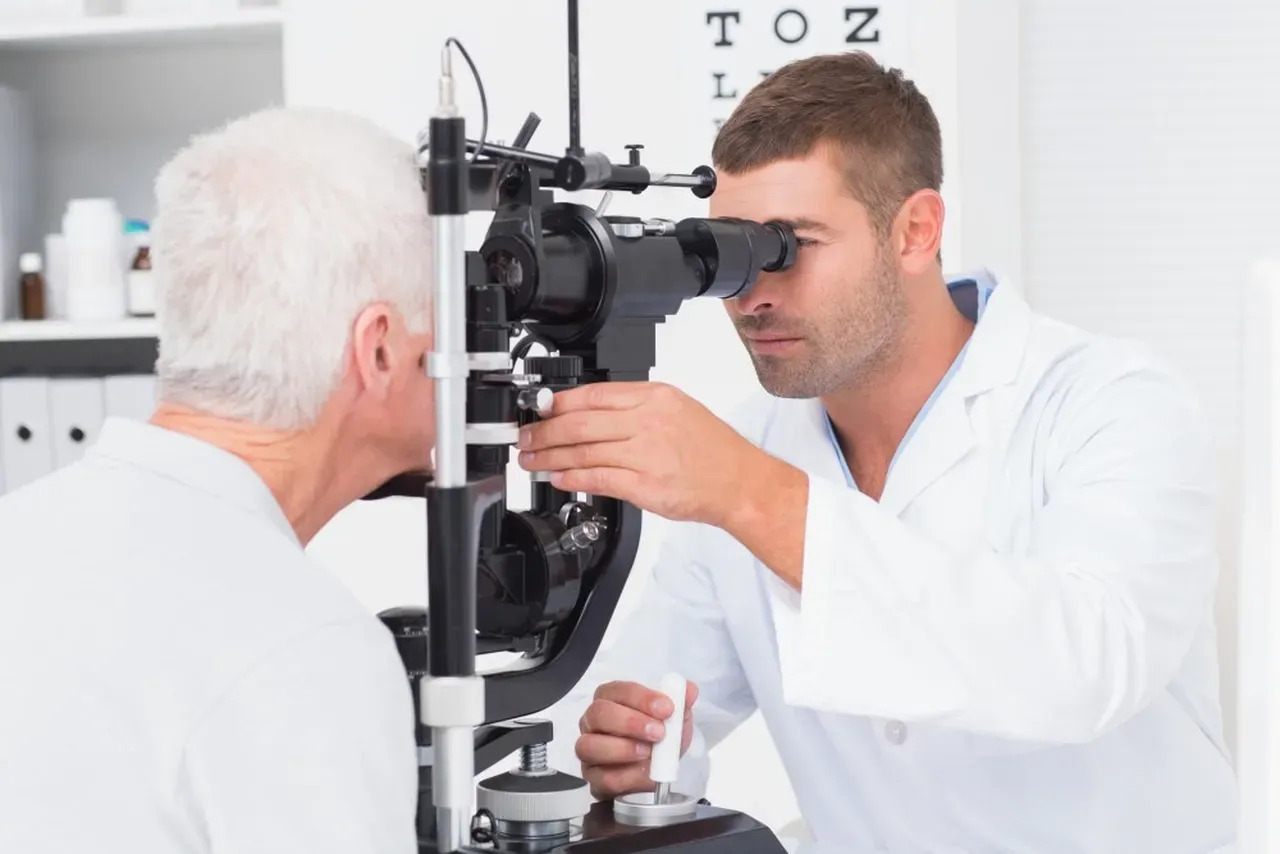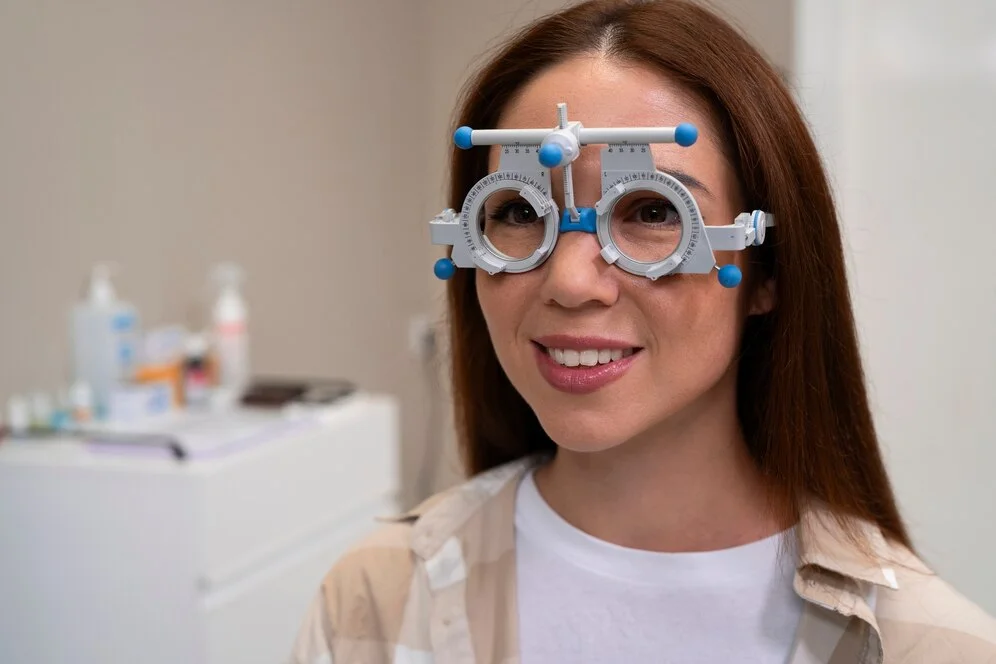Strabismus is when your eyes are not aligned properly and point in different directions. In such case, one eye looks straight and, another looks slightly moved. Cross eyes may be affected because both eyes try to come in the same place. Strabismus is majorly found in children but it can also affect adults.
There is a total of six muscles that control your eye movements, which helps to form a normal alignment. If a person is suffering from Strabismus, these muscles have problems controlling eye movements.
If you or someone you know is experiencing symptoms of strabismus, it's important to book an eye appointment with experts for a diagnosis and treatment plan. Early detection and treatment can help prevent vision problems and improve quality of life.
What are the types of strabismus?
Accommodative esotropia: This is common in those with uncorrected farsightedness and a family history of eye turn-in. Because your ability to focus is related to where your eyes point, the extra effort required to maintain distant objects in clear focus may cause your eyes to shift inward.
Intermittent exotropia: This type of strabismus causes one eye to fixate (focus) on a target while the other points outward. Frequently, your eye will switch between gazing straight ahead and outward.
Infantile esotropia: It is a kind of strabismus in which babies shift their eyes inward before six months. There is usually no major farsightedness present, and wearing glasses does not correct the crossing. Inward rotation may occur intermittently initially, but it quickly becomes consistent. It is present when your youngster stares both far away and close. The treatment for this type of strabismus is surgery on the muscles of one or both eyes to correct the alignment.

Strabismus: Symptoms and Causes
Strabismus, commonly known as "crossed eyes" or "wandering eyes," is a condition where the eyes don't align properly. When you have strabismus, one or both of your eyes may turn inward, outward, upward, or downward.
Symptoms of Strabismus
Misaligned eyes: This is the most obvious symptom. One or both eyes may appear to be looking in a different direction.
Double vision: The brain receives two different images, which can result in blurred or double vision.
Head tilting or turning: People with strabismus may tilt their heads to align their eyes better.
Squinting or closing one eye: This can help reduce double vision.
Difficulty with depth perception: Strabismus can affect your ability to judge distances and depth.

Causes of Strabismus
Muscle imbalance: The muscles that control eye movement may not be balanced, causing one eye to turn.
Refractive errors: Nearsightedness, farsightedness, or astigmatism can contribute to strabismus.
Underlying medical conditions: Certain neurological conditions, such as cerebral palsy or brain tumors, can cause strabismus.
Family history: Strabismus often runs in families.
Injury or trauma: Damage to the eye or surrounding tissues can lead to strabismus.
If you or someone you know is experiencing symptoms of strabismus, it's important to book comprehensive appointment with eye care experts for a diagnosis and treatment plan. Early detection and treatment can help prevent vision problems and improve quality of life.

Risk Factors for Strabismus
Family history: Strabismus often runs in families.
Prematurity or low birth weight: Infants born prematurely or with low birth weight are at a higher risk.
Certain medical conditions: Conditions such as cerebral palsy, Down syndrome, or brain tumors can increase the risk.
Refractive errors: Nearsightedness, farsightedness, or astigmatism can contribute to strabismus.
Neurological disorders: Disorders affecting the nerves that control eye movement can increase the risk.
Eye injuries or trauma: Damage to the eye or surrounding tissues can lead to strabismus.
Certain medications: Some medications can cause eye muscle weakness or imbalance.
Note: These are general risk factors, and not everyone with these factors will develop strabismus. If you have concerns about your risk, schedule eye appointment at Elite Eye Care.

Treatment for Strabismus
Treatment for strabismus depends on the severity of the condition and the underlying cause. Common treatment options include:
Non-Surgical Treatments
Eyeglasses or contact lenses: Correcting refractive errors can sometimes help align the eyes.
Prism glasses: Special lenses can be prescribed to help the eyes work together more effectively.
Eye exercises: Certain exercises may be recommended to strengthen the eye muscles.
Vision therapy: This involves a series of exercises and activities designed to improve eye coordination and depth perception.

Surgical Treatment
Surgery: In many cases, surgery is the most effective way to correct strabismus. The surgeon will realign the eye muscles to improve their balance and alignment.
The specific treatment plan will be tailored to the individual patient's needs. It's important to follow your doctor's instructions carefully and attend follow-up appointments to monitor your progress.

